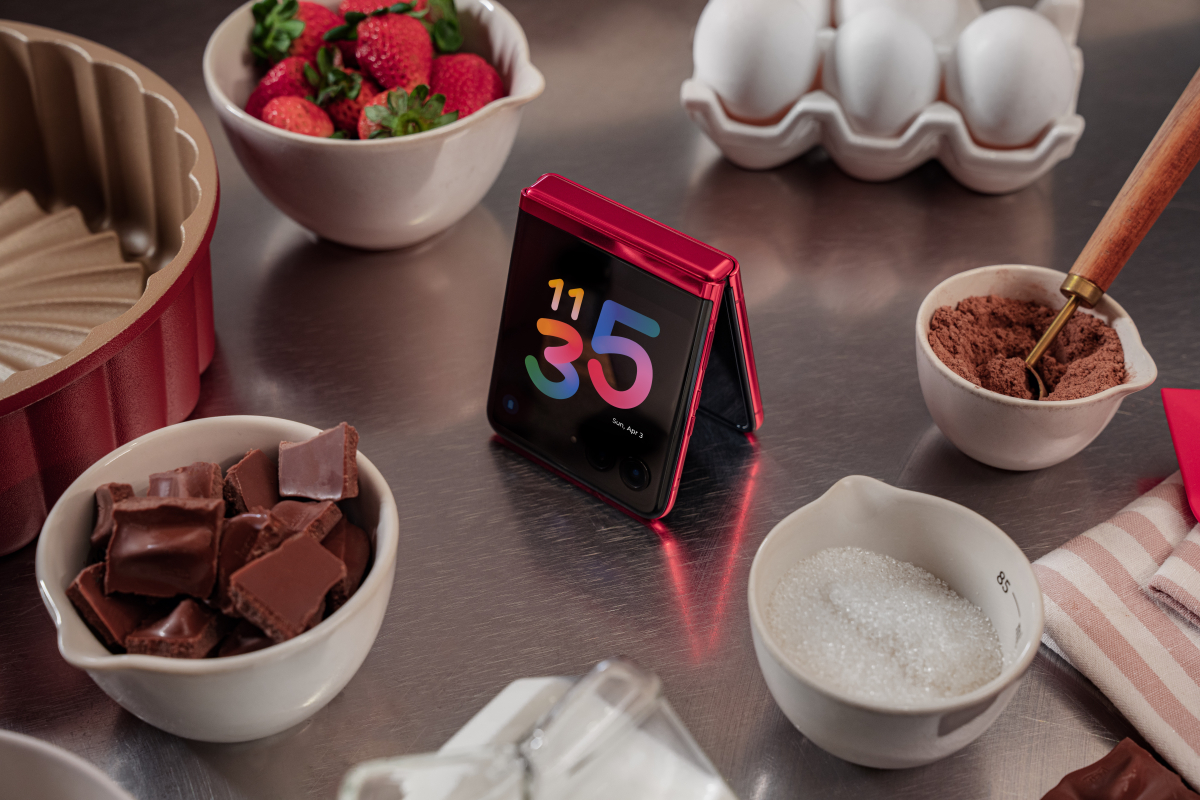What is HDR actually – on smartphones and on televisions?
If you want to buy a new smartphone or a new television, sooner or later you will come across the term HDR in the technical specifications. But what is HDR actually? The backgrounds.
HDR: You hear this abbreviation again and again in the tech industry. By now most users of smartphones, digital cameras and televisions are aware that the term has something to do with images and how they are displayed. Very few, however, are aware of what exactly lies behind the three letters. So what is HDR?
Contents
What is HDR?
HDR stands for “High dynamic range”. The dynamic range describes the space between the lightest and the darkest tones in an image. In other words: HDR is a measure of the light intensity from the highlights to the shadows.
This is comparable to the human eye, for example: because our visual organ is capable of a large dynamic range. That’s why we can see details in both the shadows and the light. So when the sun sets in a valley, our eyes can see the sun’s light illuminating the tops of the mountains.
What is HDR on smartphones and televisions?
At the same time, however, we also recognize the different shadows that are created. However, it is very difficult to display the individual gradations with a camera or on a television. The HDR standard should help with this.
Although the words are the same after the acronym, there are differences in the definition between a smartphone, digital camera and a TV. While TVs are about special hardware, the camera technology in smartphones with or without HDR is the same. The difference can only be seen in the software.
This is how HDR works on smartphones
An HDR photo arises, when the smartphone or the camera takes several shots of the same subject in a row in a short period of time – albeit with different exposure values. So instead of taking a single photo, the device takes three or more photos. It then combines all the shots and creates a single image.
This feature is useful, for example, when a subject wants to capture a high-contrast scene, such as backlit or sunlit photos. High Dynamic Range balances the exposure of each area as you shoot, so that everything is clearly visible and not overexposed.
Many smartphones offer HDR as an optional feature. So users can choose from several settings, mostly “On”, “Off” or “Auto”, whereby the device only uses the feature in high-contrast situations. Most of the time, it also takes a normal photo at the same time, so that users can later choose between the different shots.
How High Dynamic Range works on TV
HDR on TV meansthat the standard has a wider range of colors and levels of brightness. It tells the TV set exactly which colors it should display and with what brightness.
In addition, there is a higher image contrast because the hardware increases the brightness range and thus achieves a greater depth effect. Because the function recognizes more nuances of brightness and displays objects better, the image appears more vivid. At television sets the function can improve the image quality enormously.
The standard is now installed in almost all modern TVs. How well the dynamic range is represented ultimately depends on the manufacturer. On high-end devices, users can experience a more lifelike, deeper image because they better represent bright highlights, shadows, and contrasts. Many HDR TVs also have a wide color gamut, which also results in richer colors.
What is HDR: Manufacturers offer different levels and standards
High dynamic range is now available in different levels and standards. HDR10 is the most original and most common variant. It occurs mainly in Full HD, 4K and 8K televisions. It contains static metadata, which means that the HDR setting applies to all content and is not adjusted to individual scenes.
Samsung also developed a new standard called HDR10 Plus in 2017. It uses dynamic metadata to improve the brightness levels and color depths in each scene as displayed on the TV.
But beware: How well the High Dynamic Range standard works also depends on the corresponding content. They also need a high dynamic range in order to be sufficiently visible on the TV. However, the latest TV content is now optimized for HDR.
Also interesting:



